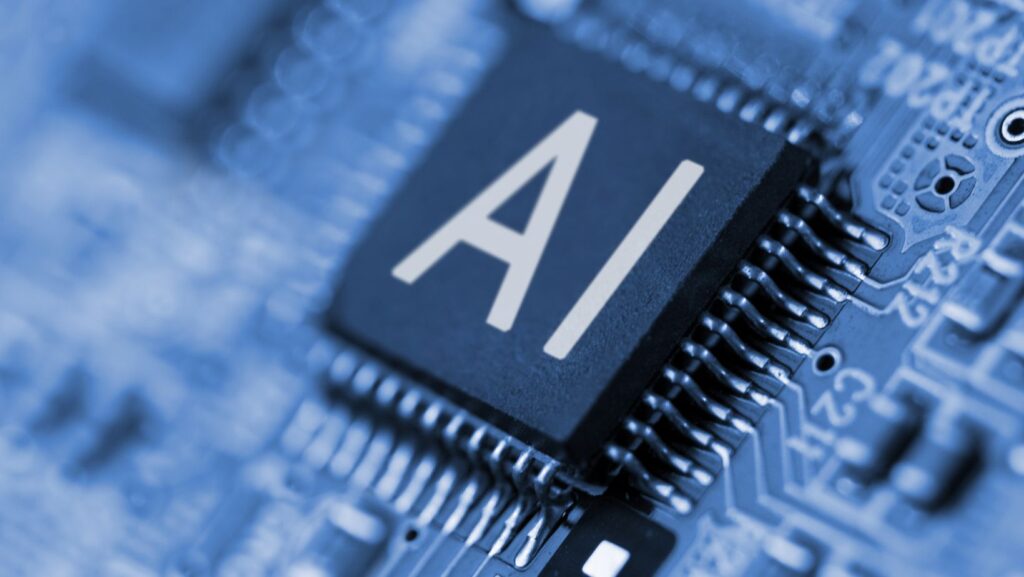
In today’s rapidly evolving digital landscape, cyber threats are becoming increasingly sophisticated and harder to detect using traditional security methods. As businesses and individuals rely more heavily on digital infrastructure, the need for advanced protection mechanisms has never been greater. This is where artificial intelligence (AI) steps in, revolutionizing the way cybersecurity operates and providing a proactive approach to threat detection.
AI cybersecurity combines machine learning, data analytics, and automated processes to detect and respond to potential threats in real time. Unlike conventional security systems, which often rely on signature-based detection, AI-powered systems can analyze vast amounts of data, identify patterns, and recognize unusual behavior that may indicate a security breach. This capability enables organizations to respond to threats more quickly, reducing the potential impact of cyber attacks.
One of the most significant advantages of AI in threat detection is its ability to learn and adapt over time. Machine learning algorithms can continuously analyze network traffic, user behavior, and historical attack patterns to improve their detection accuracy. This adaptive learning process allows AI cybersecurity systems to identify new and emerging threats that traditional methods might miss. For instance, zero-day vulnerabilities, which exploit previously unknown software flaws, can be detected more efficiently through AI-driven anomaly detection techniques.
Moreover, AI can automate many of the time-consuming tasks traditionally handled by cybersecurity teams. Monitoring network traffic, analyzing logs, and investigating alerts are often resource-intensive activities that require constant attention. By integrating AI, organizations can streamline these processes, allowing human experts to focus on more complex decision-making and strategic planning while improving workflows with AI automation to boost overall efficiency. This not only enhances the overall efficiency of cybersecurity operations but also reduces the likelihood of human error in threat detection.

Another critical aspect of AI cybersecurity is predictive threat intelligence. AI systems can forecast potential attack vectors by analyzing trends in cybercriminal behavior and threat intelligence feeds. This proactive approach allows organizations to implement preventative measures before an attack occurs, strengthening their overall security posture. Predictive analytics can also help prioritize vulnerabilities and allocate resources more effectively, ensuring that the most critical threats are addressed first.
The application of AI in threat detection extends beyond large enterprises. Small and medium-sized businesses, which may lack extensive cybersecurity teams, can also benefit from AI-powered solutions. Cloud-based AI security platforms provide affordable, scalable, and easy-to-deploy tools that monitor networks, endpoints, and applications for suspicious activity. This democratization of advanced cybersecurity technology ensures that businesses of all sizes can protect themselves against cyber threats.
However, while AI offers significant advantages in threat detection, it is not without challenges. Adversaries are also leveraging AI to create more sophisticated attacks, including automated phishing campaigns and AI-generated malware. As such, cybersecurity professionals must continue to innovate and refine AI models to stay ahead of evolving threats. Ethical considerations, data privacy, and the potential for false positives also need careful management to ensure that AI cybersecurity solutions remain effective and trustworthy.
In conclusion, artificial intelligence is transforming threat detection by enabling faster, smarter, and more adaptive security solutions. AI cybersecurity empowers organizations to identify and respond to threats proactively, automate routine tasks, and predict potential attack scenarios. As cyber threats continue to evolve, embracing AI-driven security strategies is no longer optional—it is essential for protecting sensitive data, maintaining operational continuity, and safeguarding the digital world. By leveraging AI in cybersecurity, businesses can stay one step ahead of cybercriminals and build a more resilient security infrastructure for the future.












